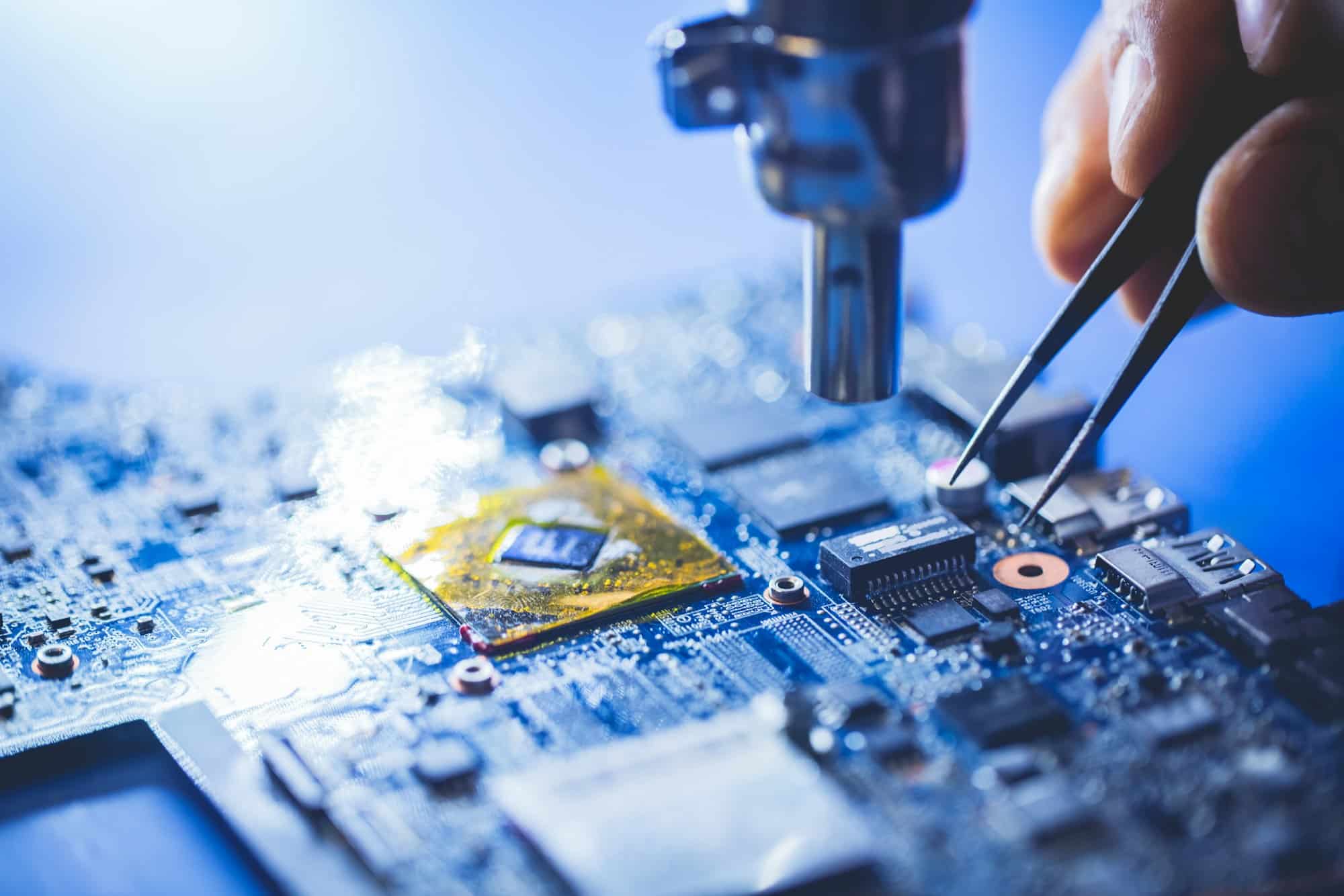Overview of Remote Start Systems
Remote Start Systems are technological marvels designed to simplify vehicle operation, allowing drivers to start their engines from a distance. This convenience is achieved through a series of applications or key fobs, which communicate with the vehicle’s ignition system to initiate the start sequence. Not only do these systems offer the luxury of starting your vehicle from afar, but they also provide benefits such as warming or cooling the car, enhancing driver comfort and convenience.
In the context of Hybrid Vehicles, remote start systems can present unique challenges and benefits. The integration requires understanding the hybrid system’s architecture where electric and internal combustion components coexist. The remote start system needs to work seamlessly with both components to ensure reliable and efficient operation. It involves initialising both the electric and petrol engines, thus providing comfort without compromising the energy efficiency that hybrid models are renowned for.
Topic to read : Maximizing Range: Strategies to Enhance the Aerodynamics of British Electric Vehicles
Compatibility with British hybrid models is a paramount consideration. Each manufacturer may implement different technologies and protocols, so a universal remote start system needs to accommodate these variations. Proper interfacing ensures that the hybrid’s intricate systems – from battery management to energy recovery – function optimally. Ensuring compatibility not only enhances user experience but also upholds the hybrid vehicle’s promise of sustainability and efficiency.
Tools Required for Installation
When preparing to install a remote start system, it’s vital to gather the installation tools necessary for a smooth process. A basic toolkit should include screwdrivers, pliers, wire cutters, and a multimeter. These items are essential for ensuring a secure and effective installation.
Also to read : Revamp Your Classic British Car: A Step-by-Step Guide to Adding a Modern Digital Dashboard
When dealing with hybrid vehicle technology, some additional tools may be required. For instance, having a diagnostic scanner on hand is beneficial in ensuring that the vehicle’s electronic systems function correctly post-installation. Hybrid vehicles often have unique configurations; hence, it’s important to have access to detailed wiring diagrams and specialized connectors that support this hybrid technology.
In addition to general tools, don’t overlook the significance of safety gear. Use glasses to protect your eyes from possible sparks and debris, and gloves to prevent electrical shocks or cuts. A reliable work surface is also paramount; ensure your work area is stable and well-lit to minimize accidents.
Here’s a quick checklist for a remote start installation:
- Basic tools: Screwdrivers, pliers, wire cutters
- Special tools: Diagnostic scanner, wiring diagrams for hybrids
- Safety gear: Glasses, gloves, stable work surface
Having the right tools and gear not only expedites the installation process but also ensures the safety and longevity of your vehicle’s electronic system.
Step-by-Step Installation Instructions
Installing a remote start system can seem daunting, but with careful preparation and attention to detail, it can be a straightforward process.
Preparation Steps
Before beginning the remote start installation, ensure your vehicle is compatible with the system. Check your vehicle’s manual or consult with the product manufacturer to avoid any compatibility issues. Gather all necessary tools, including screwdrivers, wire strippers, and a multimeter, alongside the remote start kit components. Disconnecting the vehicle’s battery is crucial to prevent electrical shorts during installation.
Wiring Connections
Mapping out the wire connections is fundamental for a seamless installation. Identify the ignition, power, and ground wires within your vehicle. Hybrid vehicle technology might require attention to specific connections, so consult your vehicle’s wiring diagram to ensure accuracy. Secure and reliable connections are vital, so utilize wire connectors and insulating tape effectively to avoid loose wires.
Mounting the System
When physically mounting the remote start system, prioritize locations under the dashboard or within easy reach while ensuring components remain unobtrusive. Hybrid vehicles may require unique placement considerations due to additional technology systems. Maintain access to vital controls to facilitate any future adjustments.
Final Configuration
Once installed, program the remote start system according to the manufacturer’s instructions. Conduct thorough testing to confirm proper functionality. If any issues arise, address troubleshooting concerns promptly, ensuring a fully operational remote start system.
Troubleshooting Common Issues
After installing a remote start system in hybrid vehicles, owners may encounter specific challenges. Identifying common problems early can prevent long-term issues. One frequent issue involves the system not activating, which may stem from wiring mismatches during installation. Ensuring connections align with the vehicle’s schematic can resolve this.
Hybrid vehicles introduce unique hurdles, notably integrating technologies that switch between electric and combustion engines. A common problem is the remote start failing due to the vehicle’s computer system not recognising the starter’s signal. An effective resolution involves reprogramming the vehicle’s computer using the manufacturer’s software updates. It’s crucial to keep software updated to ensure compatibility and flawless operation.
If problems persist, leveraging external resources can prove beneficial. Consulting the installation manual or reaching out to the manufacturer’s technical support provides in-depth assistance. Additionally, forums and community groups are excellent resources to seek advice from peers who might have faced similar issues. Engaging with these communities can offer practical troubleshooting steps that relate specifically to hybrid vehicle systems.
For issues beyond the user’s expertise, seeking professional assistance from a authorised dealer or a certified automotive technician is highly recommended. This ensures that troubleshooting efforts are precise and effective, bringing peace of mind to hybrid vehicle owners.
Safety Precautions
Understanding safety precautions is crucial when working with electronic systems, particularly in hybrid vehicles. These vehicles blend electronic and mechanical systems, demanding meticulous attention to safety. Professional assistance often becomes essential, especially with the complexity involved in modern vehicles. Neglecting to adhere to safety standards might pose serious risks.
When working on hybrid vehicles, handling high-voltage components carefully is crucial. Always ensure your vehicle is off and that the high-voltage system is disengaged before starting any maintenance or installation. Hybrid cars carry unique risks due to their electric battery systems, which can cause electrical shocks if improperly handled.
General safety tips include using appropriate tools and ensuring your workspace is dry and clean to prevent short circuits. Also, investing in insulated protective gear like gloves is wise when interacting with high-voltage areas. Moreover, understanding the vehicle’s circuit diagrams can prevent unnecessary exposure to critical parts.
For complex tasks, engaging professional assistance ensures everything meets the manufacturer’s specifications, reducing the risk of accidents or damage. Professionals have the expertise and tools to navigate the intricacies of hybrid technology safely and efficiently. Prioritizing safety not only preserves the vehicle’s integrity but also safeguards technicians and users.











